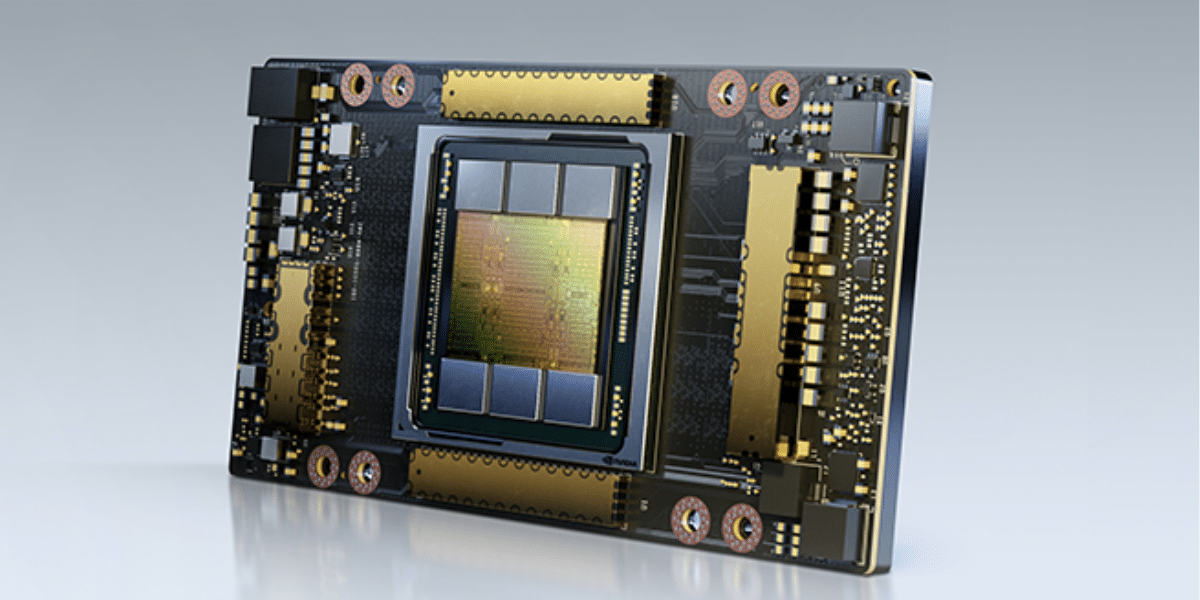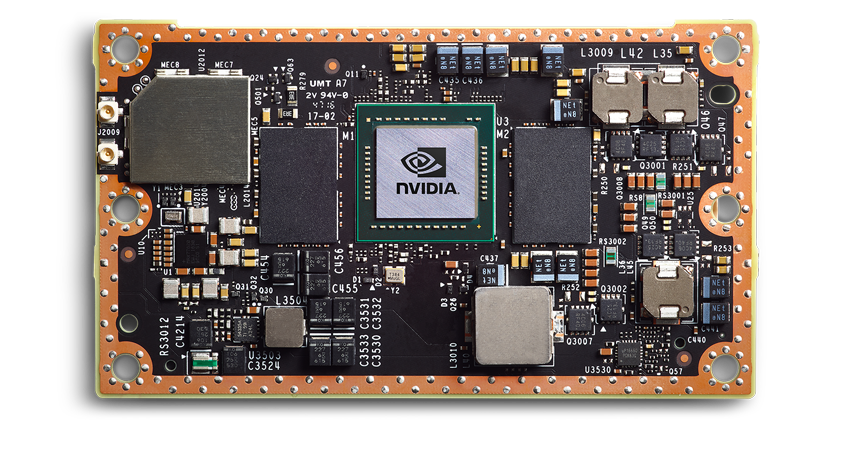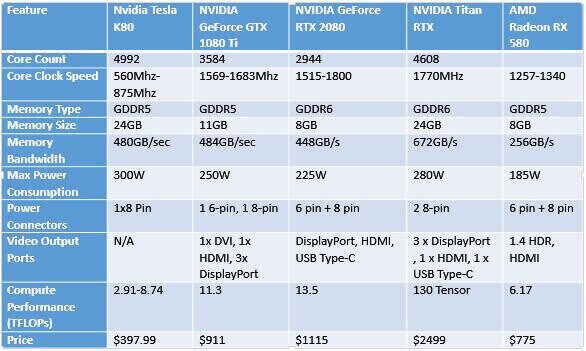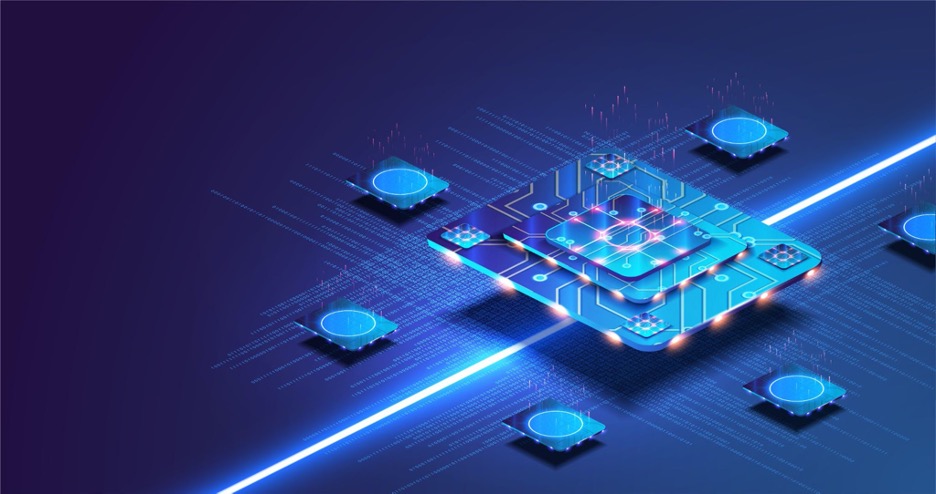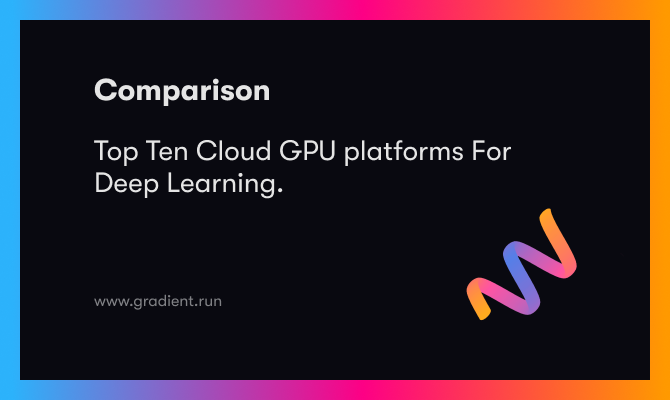Roads & PavementRoads & Pavement
Barefoot
Minimal
Low
Medium
High
Maximal
All around running shoes offer comfort and cushioning for daily runs, jogs, walks, and long mileage. They offer enough versatility for both faster and slower runs and are a great option for those who want one running shoe to do it all.
Fast run or uptempo running shoes are lightweight and responsive. They offer streamlined designs that have minimal uppers and offer a high level of energy return. These shoes are a great option for faster runs in the week or those looking for a livelier experience.
Max Cushion shoes offer premium cushioning with ample ground protection and a stable ride. These types of shoes provide abundant impact protection that softens landings while running at any pace or distance. These types of shoes are best for slower recovery runs and easy days where comfort takes priority.
Racing shoes are designed with optimal performance in mind. These types of shoes have snug-fitting uppers, energetic midsole foams, and features implemented for maximum efficiency. These types of shoes are best for runners looking to gain the ultimate advantage in races but may sacrifice some durability and comfort.
Gym Workout shoes offer a stable and versatile ride. They have a firmer underfoot feeling that provides stability for lateral movements with comfortable uppers. These types of shoes are best for trips to the gyms, cross training, casual wear, and light running. Deep Learning Artificial Intelligence AI Solutions NVIDIA
Road running shoes feature smooth outsoles that are designed for running on paved surfaces such as roads, sidewalks, and bike paths.
Designed to handle most trail runs, these shoes prioritize comfort and a smooth ride. These shoes are great for anything from smooth singletrack, park trails, and fireroads making them ideal for those who run from their doorstep on streets before hitting the trail.
These shoes are best used for hard, rugged trails such as shale, granite or sandstone where grip on smooth surfaces and underfoot protection are important.
Designed for use in muddy, soggy conditions, these shoes feature very aggressive outsoles that dig deep into soft ground for exceptional traction.
These shoes feature technical outsoles designed to grip snowy and icy trails making them ideal for winter trail running.
Cushioning level, or stack height, refers to how much shoe is between your foot and the ground. For this category, we reference the amount of cushioning below the forefoot as the heel height will be equal to or greater than the forefoot height.
Trends in GPU Price Performance Epoch
0-13mm. The Shoe generally does not have a midsole and feels like there is no cushioning. This shoe is all about feeling the ground underfoot.
14-18mm. The shoe has a thin midsole that allows for a natural running experience. Racing shoes and minimalist shoes are common here. These shoes offer a feeling of being connected to the road or trail.
19-23mm. The shoe has a slightly cushioned feel and may feature added cushioning technologies. Performance training shoes and some trail shoes are common here. These offer protection during footstrike but prioritize a lightweight, grounded experience.
24-28mm. These shoes have a stack height that fall near the middle of the spectrum.The shoes in this category are verstaile and great for all types of runs and distances.
29-34mm. The shoe has a thick midsole and ample cushioning. These shoes are highly protective and absorb more impact than the body.
35mm plus. The shoe has an extremely thick midsole and extra cushioning. The focus is on protection and soft foam underfoot with hardly any ground feel.
Neutral shoes support the foot through a normal range of arch collapse and generally do not have a built-in technology to correct movement.
Stability shoes are a great option for those who overpronate or need added support. These shoes help to limit the inward rolling motion of the ankle while running or walking and assist in guiding the foot straight through the gait cycle. CPU vs GPU in Machine Learning Algorithms Which is Better
Product Details:
Deep Learning NVIDIA Developer 2025, Hardware Recommendations for Machine Learning AI Puget Systems 2025, Build a Multi GPU System for Deep Learning in 2023 Towards Data 2025, E2E Networks on X 2025, Top ten cloud GPU platforms for deep learning 2025, Why GPUs for Machine Learning A Complete Explanation WEKA 2025, CPU vs GPU in Machine Learning Algorithms Which is Better 2025, Trends in GPU Price Performance Epoch 2025, Deep Learning Artificial Intelligence AI Solutions NVIDIA 2025, GPU For Machine Learning Maximizing A100 GPU Potential For 2024 2025, Best GPUs for Machine Learning for Your Next Project 2025, GPU Cloud for Deep Learning Deep Learning Cloud Service iRender AI 2025, The Best GPUs for Deep Learning in 2023 An In depth Analysis 2025, Best GPUs for deep learning in 2024 2025, How to build a GPU Server for AI Deep Learning Choose the best 2025, The Best Graphics Cards for Machine Learning Towards Data Science 2025, Deep Learning Software NVIDIA Developer 2025, Best Cloud GPUs for model training and intended for your 2025, The transformational role of GPU computing and deep learning in 2025, Cloud Service OEMs Raise the Bar on MLPerf AI Tests NVIDIA Blog 2025, NVIDIA GeForce RTX 4090 vs RTX 3090 Deep Learning Benchmark 2025, Topaz AI CPU GPU Performance Analysis Puget Systems 2025, Top 7 GPUs for Training AI Models 2025, Choosing the Best GPU for AI and Machine Learning A Comprehensive 2025, 5 Best GPUs for Deep Learning in 2023 2025, Trends in the Dollar Training Cost of Machine Learning Systems Epoch 2025, Nvidia sweeps AI benchmarks but Intel brings meaningful 2025, Best GPU for Deep Learning in 2022 so far 2025, The Best Graphics Cards for Machine Learning Towards Data Science 2025, The Best GPUs for Deep Learning in 2023 An In depth Analysis 2025, The Best GPUs for AI and Deep Learning Easy With AI 2025, The Best GPUs for Deep Learning in 2023 An In depth Analysis 2025, Best GPUs for Machine Learning for Your Next Project 2025, Best GPUs for deep learning in 2024 2025, GPU fast.ai course v3 2025, What is a GPU and do you need one in Deep Learning by Jason 2025, Best GPUs for deep learning in 2024 2025, Choosing the Best GPU for Deep Learning in 2020 2025, Hopper Ampere Sweep MLPerf Training Tests NVIDIA Blogs 2025, Update The Best Bang for Your Buck Hardware for Deep Learning 2025, Is RTX3090 the best GPU for Deep Learning iRender AI DeepLearning 2025, Best GPU for Deep Learning Considerations for Large Scale AI 2025, Best GPU for Deep Learning in 2022 so far 2025, Best GPU for AI ML deep learning data science in 2023 2024 RTX 2025, Best GPU for AI ML deep learning data science in 2023 2024 RTX 2025, Best GPU for AI ML deep learning data science in 2023 2024 RTX 2025, Hardware Recommendations for Machine Learning AI Puget Systems 2025, The Best GPUs for Deep Learning in 2023 An In depth Analysis 2025, Best GPU for Deep Learning in 2022 so far 2025, The Best GPUs for Deep Learning in 2023 An In depth Analysis 2025, Product Info:
Best gpu for ai training 2025.
- Increased inherent stability
- Smooth transitions
- All day comfort
Model Number: SKU#7211990
